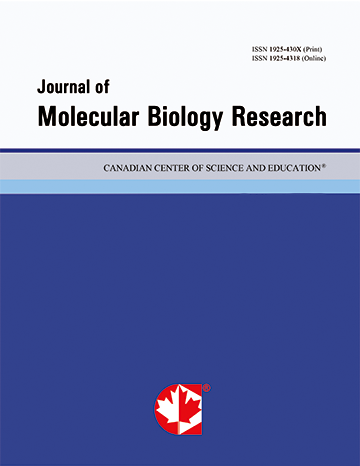Combining Network Topological Characteristics With Sequence and Structure Based Features for Predicting Protein Stability Changes Upon Single Amino Acid Mutation
- Lijun Yang
- Qifan Kuang
- Yanping Jiang
- Ling Ye
- Yiming Wu
- Menglong Li
- Yizhou Li
Abstract
It has been shown that the stability of protein structure could be significantly changed by single amino acid substitution. Accurate prediction of protein stability changes caused by single amino acid substitutions is valuable for understanding the relationship between protein structures and functions as well as designing new proteins. Currently, various computational methods have been developed to study the effect of single amino acid mutation on protein stability. In this study, by combining network topological characteristics extracted from Protein Structure Network (PSN) with other physicochemical features obtained from protein sequence or structure, a Support Vector Machine (SVM) model was developed to distinguish the stabilizing mutants from the destabilizing mutants. 20-fold cross-validation was implemented for performance evaluation. An accuracy of 0.88 and a Matthews Correlation Coefficient (MCC) of 0.71 were obtained for the dataset with 1925 variants.
Our method is superior to the existing machine learning approaches evaluated under the same datasets. It suggests that such a combining strategy should be valuable in predicting protein stability changes upon amino acid mutation. In our study, the topological parameters are informative for prediction upon substitutions. Moreover, it is indicated that the Protein Structure Network (PSN) could be effectively used for representing the three-dimensional structure of protein and such network parameters are associated with the changes of protein function and structure.
- Full Text:
 PDF
PDF
- DOI:10.5539/jmbr.v4n1p20
Index
Contact
- Grace BrownEditorial Assistant
- jmbr@ccsenet.org
